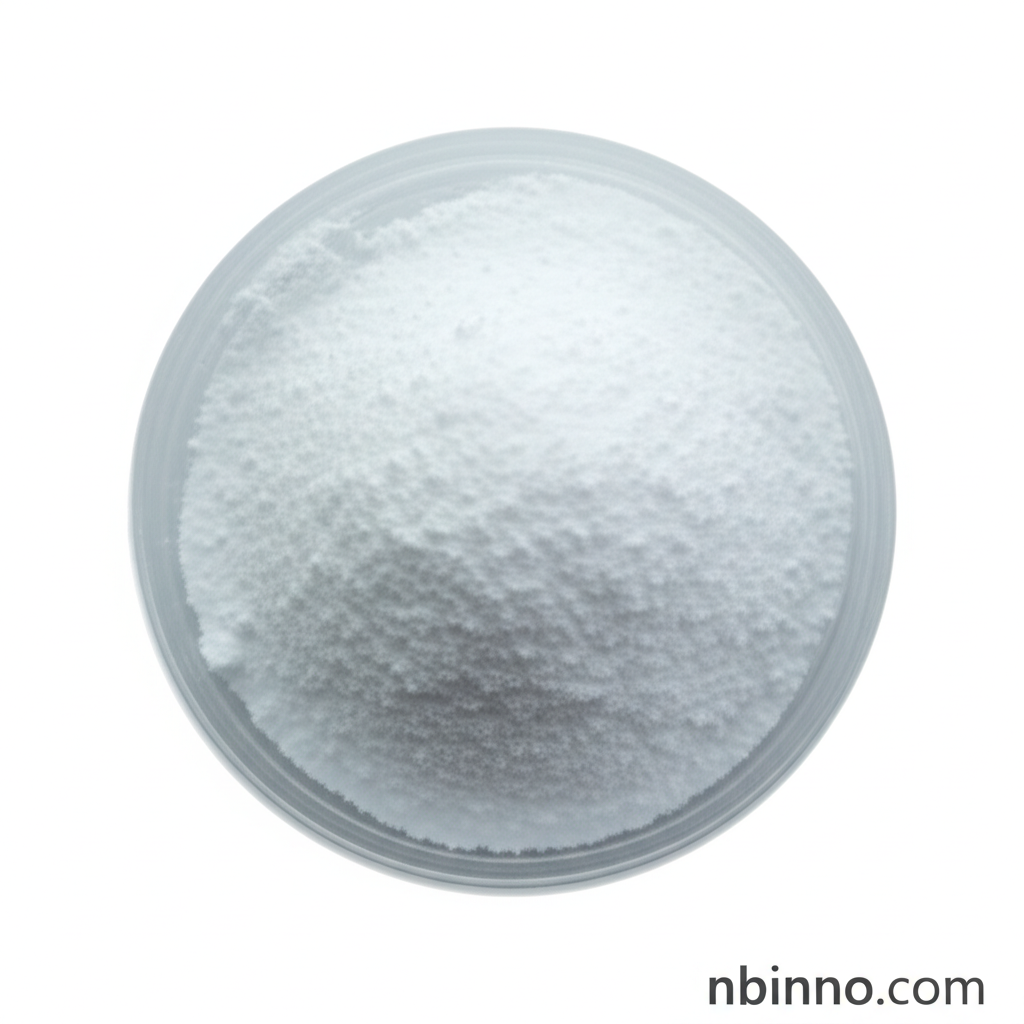Tert-butyl N-(2-acetamidoethyl)carbamate: A Versatile Intermediate for Advanced Synthesis
Discover the crucial role of this dual-protected diamine in peptide synthesis and organic chemistry.
Get a Quote & SampleProduct Core Value

Tert-butyl N-(2-acetamidoethyl)carbamate
This compound is a pivotal chemical entity extensively utilized as a building block in complex organic synthesis, most notably in the field of peptide synthesis. Its unique structure, featuring dual Boc protection, allows for precise control over chemical reactions and is instrumental in constructing intricate molecular architectures. The compound's stability and predictable reactivity make it a preferred choice for researchers and chemists.
- Explore the synthesis and applications of tert-butyl N-(2-acetamidoethyl)carbamate, a key component in advanced organic synthesis.
- Discover the benefits of dual Boc protection in peptide synthesis and other chemical research endeavors.
- Understand the importance of chemical intermediates like tert-butyl N-(2-acetamidoethyl)carbamate for drug discovery and development.
- Learn about the distinct properties of Boc protected aminoethyl carbamate derivatives and their role in creating novel compounds.
Key Advantages
Enhanced Synthetic Control
The dual Boc protection offers superior control over reactive sites, crucial for achieving high yields and purity in complex synthetic routes, a critical aspect when researching new organic synthesis building blocks.
Broad Applicability
Serves as a versatile building block in various sectors, including medicinal chemistry and the development of novel materials, highlighting its extensive uses in chemical research.
Reliable Reactivity Profile
The predictable nature of its chemical reactions makes it a dependable component in multi-step syntheses, essential for efficient peptide synthesis.
Key Applications
Peptide Synthesis
The compound's structure makes it an ideal protecting group precursor in the synthesis of peptides, ensuring the integrity of amino acid sequences during complex chemical transformations.
Organic Synthesis
As a fundamental building block, it facilitates the construction of more complex organic molecules, aiding in the discovery of new chemical entities and methodologies.
Medicinal Chemistry
Its utility as an intermediate in the synthesis of potential pharmaceutical agents underscores its importance in drug discovery and development pipelines.
Chemical Research
Researchers utilize this compound to explore new reaction pathways and to understand the fundamental properties of functional groups, contributing to advancements in chemical science.
